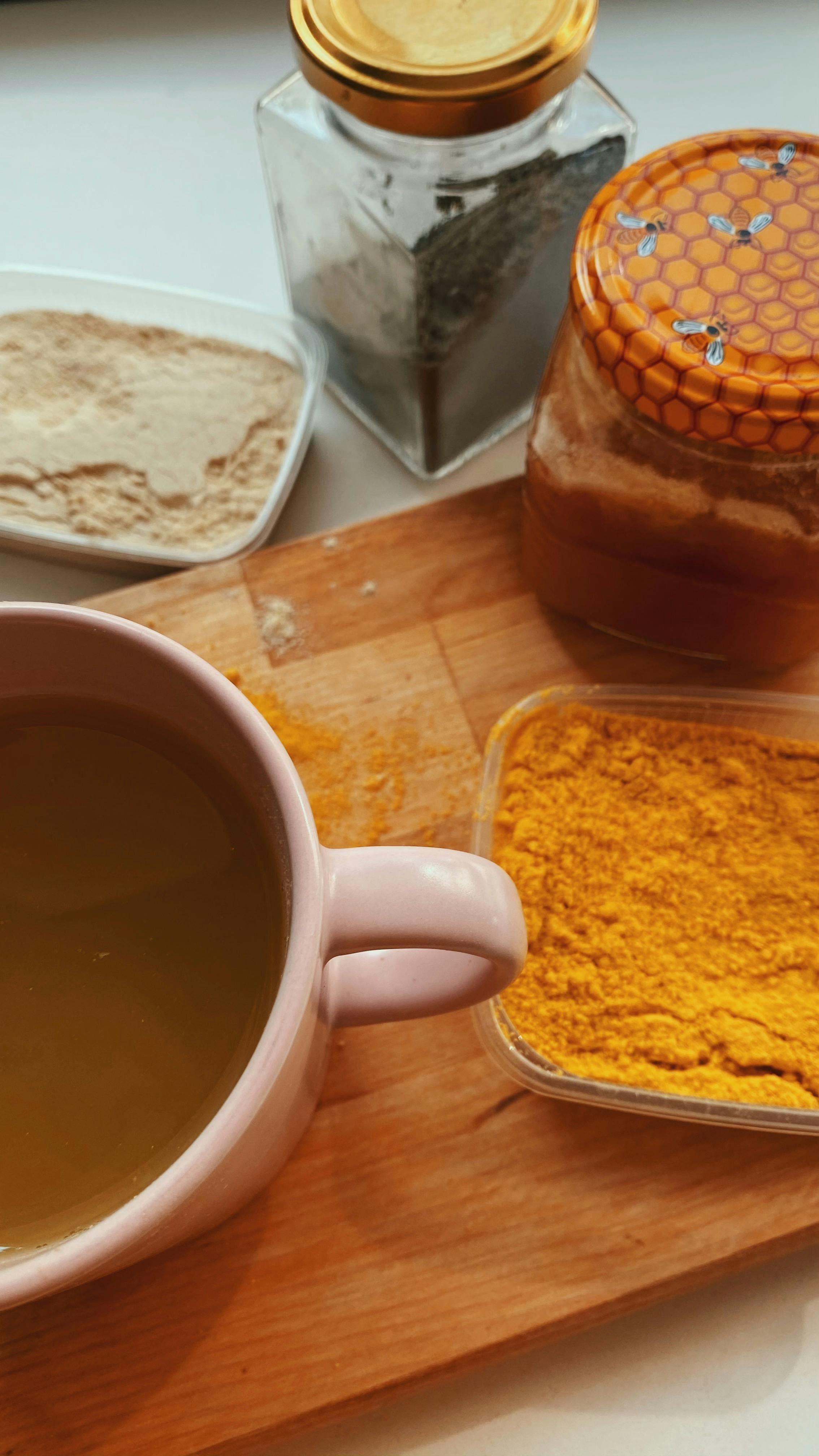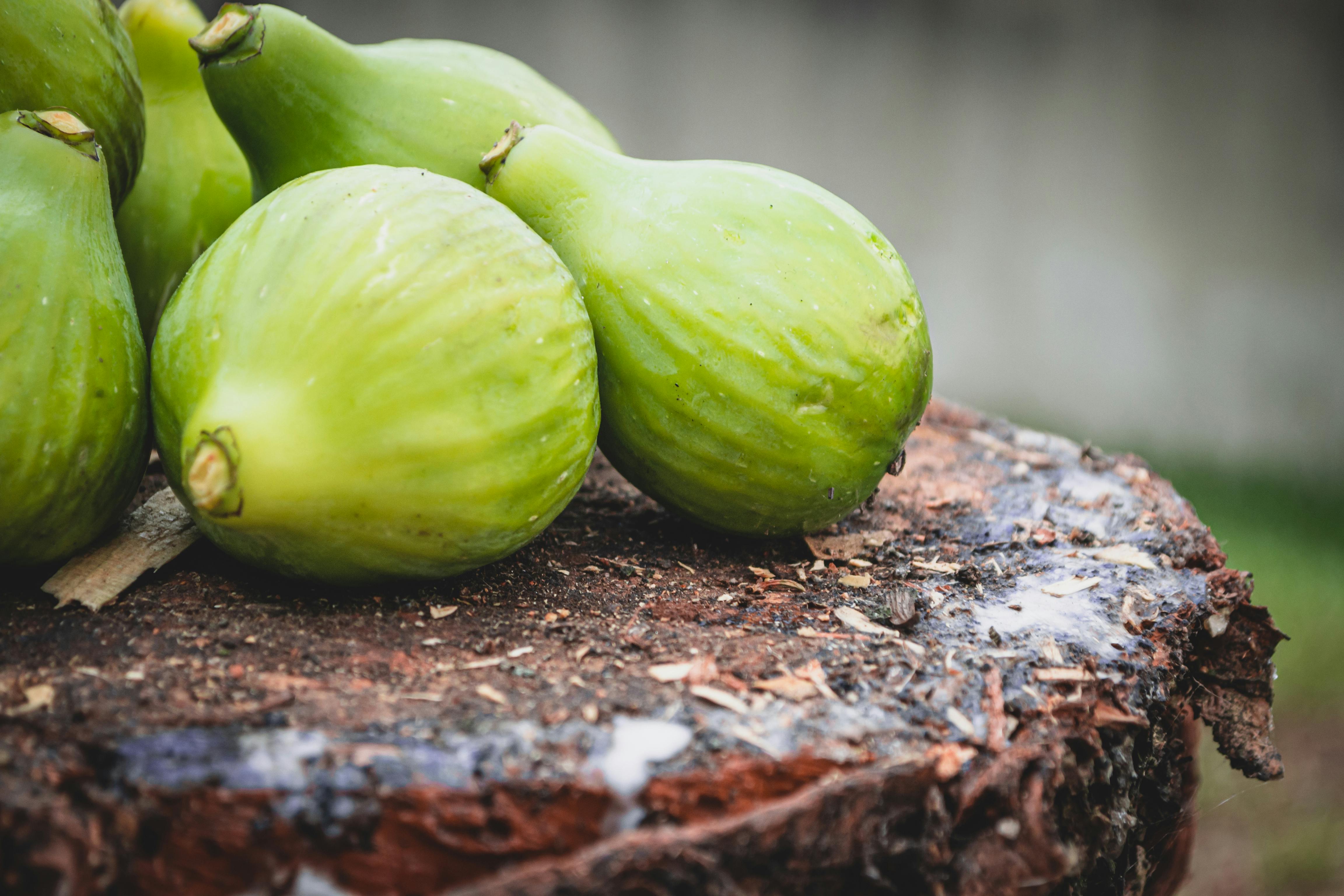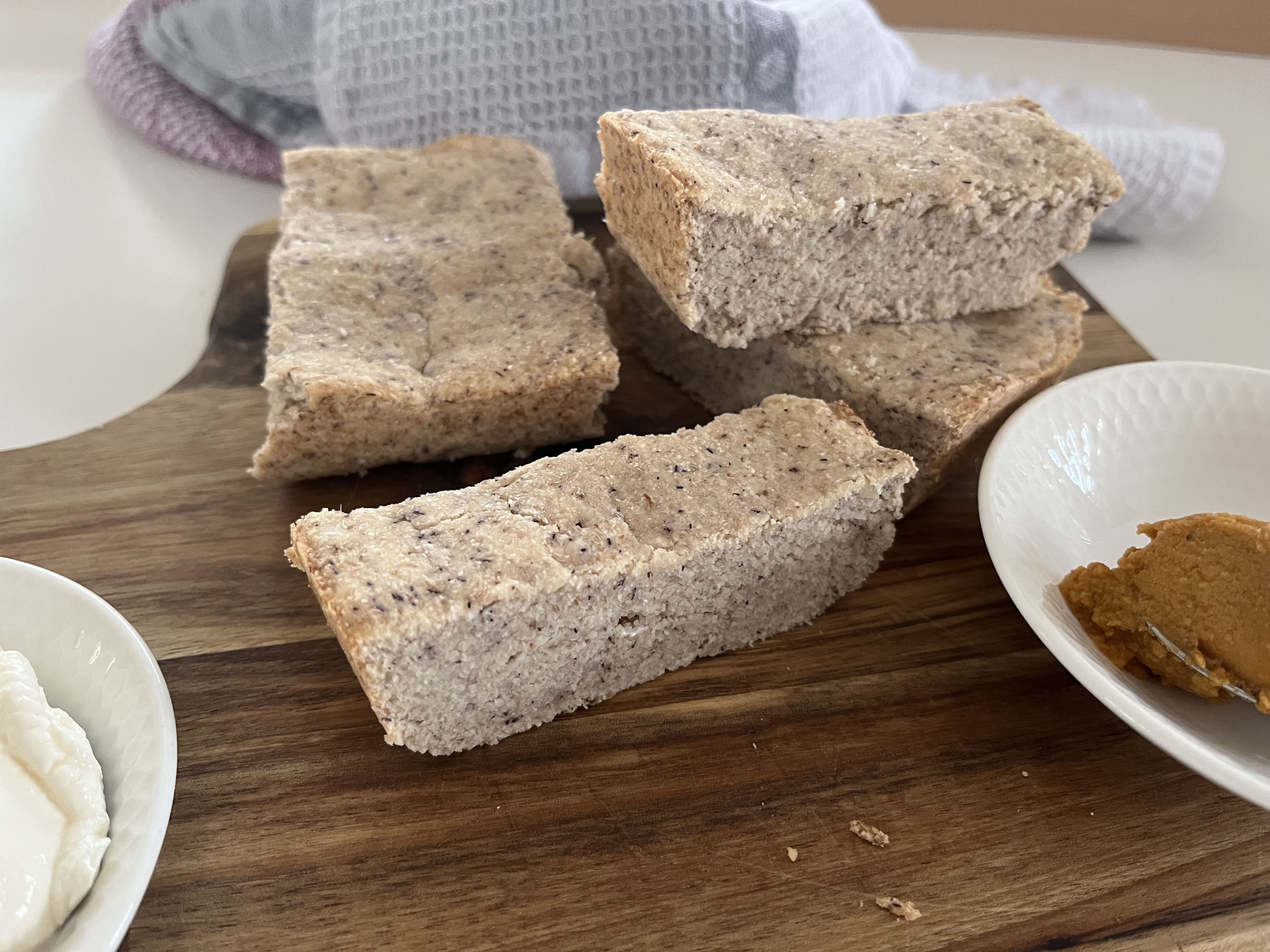 |
Nature’s Dessert Cookbook: Healthy, Delicious & Naturally Sweet Recipes Don’t want or can’t tolerate sugar alcohols and artificial sweeteners? This cookbook is for you! Every dessert is naturally sweetened with whole ingredients rich in fiber and protein, slowing sugar absorption and making them diabetic-friendly. It gathers your favorite recipes from the website—plus brand-new ones—all in one convenient place. Indulge in truly natural treats without compromise! |
 |
Diabetic Baked Goods: Everyday Bakes for Every Meal Diabetic cookbook designed to make healthy baking simple, accessible, and enjoyable. This collection of low-carb, high-fiber, and protein-rich recipes provides a reliable solution for those looking to enjoy diabetic bread and baked goods without blood sugar spikes. Every recipe includes a video tutorial, making it even easier to follow along and bake with confidence! |
 |
What Makes This Cookbook Different?
|
Turmeric Health Benefits: Unlocking the Potential of this Golden Spice
The turmeric health benefits are the focus of this article, exploring the spice with a golden hue and earthy aroma, along with its most compelling feature—the promise of improved metabolic health, especially for individuals seeking to enhance their metabolic function.
This wholesome spice is not limited to Indian or Southeast Asian cuisine; it is rapidly gaining popularity worldwide due to its health advantages1.
Discovering Turmeric Health Benefits and Nutritional Value
Turmeric is derived from the root of the Curcuma longa plant, native to South Asia, and has been cherished for centuries. What makes turmeric special is its active bioactive compound, curcumin. But what is curcumin exactly? It is a natural phenol rich in anti-inflammatory and antioxidant properties, which many studies have associated with a wide range of health benefits. For individuals managing diabetes, its ability to support blood sugar control makes it particularly appealing.
One of the primary turmeric health benefits2 is its potential impact on blood sugar levels. Curcumin has been shown to improve insulin sensitivity and reduce blood glucose levels in both human and animal studies. This may offer a natural and complementary approach alongside conventional treatments for diabetes management, making it a valuable component of the diet for anyone looking to stabilize their blood sugar.
Turmeric's antioxidant properties help combat oxidative stress, benefiting overall wellness beyond just diabetes management.
Safety First: Precautions When Incorporating Turmeric

While turmeric is remarkably beneficial, there are precautions worth noting to maximize its advantages without adverse effects. Consuming large quantities of turmeric can cause digestive discomfort in some individuals. It is essential to start with small amounts, especially in a child's diet, and then possibly gradually increase the quantity.
Personally, I prefer not to overdo any ingredient, including turmeric. I believe moderation is important in all aspects of cooking and meal preparation. However, I have found that combining turmeric with varied, nutrient-dense foods enriches our meals, which is very beneficial for my son’s glycemic control.
Still, I emphasize the importance of paying attention to certain health conditions (such as gallbladder disease, kidney stones, and anemia) and some medications (like blood-thinning medications)3 if you want to try turmeric, as it can cause more harm than good.
Integrating turmeric into a diabetic-friendly diet must be approached thoughtfully. Always consult with a healthcare provider or nutritionist before making significant dietary changes, especially when dealing with chronic conditions like diabetes.
Culinary Creativity: Exploring Uses and Personal Experiences with Turmeric
Including turmeric in meals can be a delightful endeavor. Not only does it add a distinct flavor and color to dishes, but its varied culinary applications ensure it pairs well with countless recipes.
Exploring the versatility of turmeric led me to experiment with dishes beyond traditional uses. Turmeric can impart a unique flavor profile even to sweets, with its earthy undertones complementing ingredients like coconut and honey. Additionally, pairing it with vibrant fruits like pineapple or banana, and adding a hint of ginger, enhances the overall flavor.
Curcumin, notoriously difficult for the body to absorb, can be made more available with a few culinary tricks. Using it in dishes with healthy fats—such as avocados or coconut oil—improves absorption, ensuring that the potential health benefits of turmeric are fully realized.
It is also beneficial to pair turmeric with black pepper, as it enhances curcumin absorption.
For anyone interested in introducing turmeric and exploring turmeric health benefits, consider starting with simple recipes like flavorful soups or meals with rice. The spice blends well with a variety of ingredients, and its profound impact on health encourages continual exploration. For me, turmeric pairs excellently with white meat dishes, whether I am baking or boiling them.
When using turmeric, be mindful of the amount of salt you add to your food. When I use turmeric regularly, I find myself using less salt in my meals, which is another benefit of incorporating turmeric.
In conclusion, the exploration of turmeric has proven enriching on multiple fronts—both culinarily and health-wise. This golden spice has demonstrated its advantages. For all of us navigating the intricacies of dietary needs for diabetes management, embracing natural, health-enhancing spices like turmeric can be both transformative and rewarding. It broadens the horizons of possibilities, from sumptuous meals to delightful desserts, always keeping health and happiness at the forefront.







